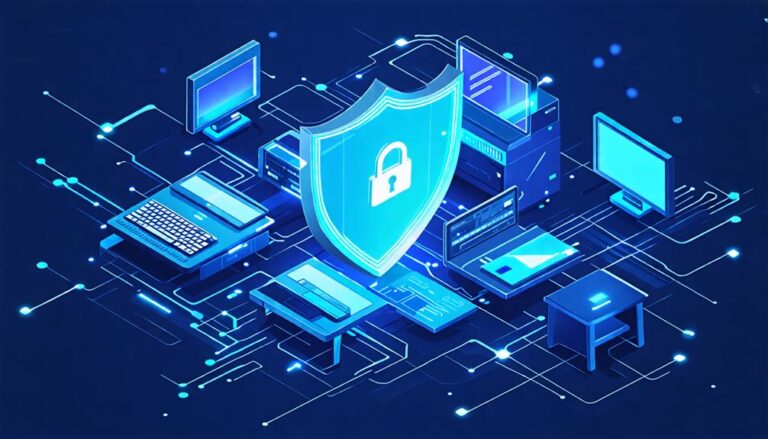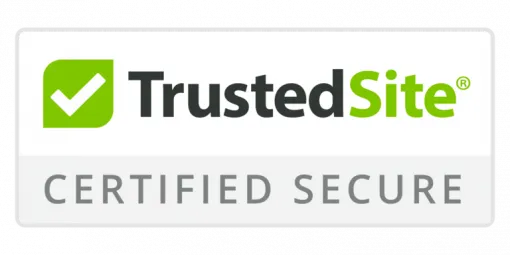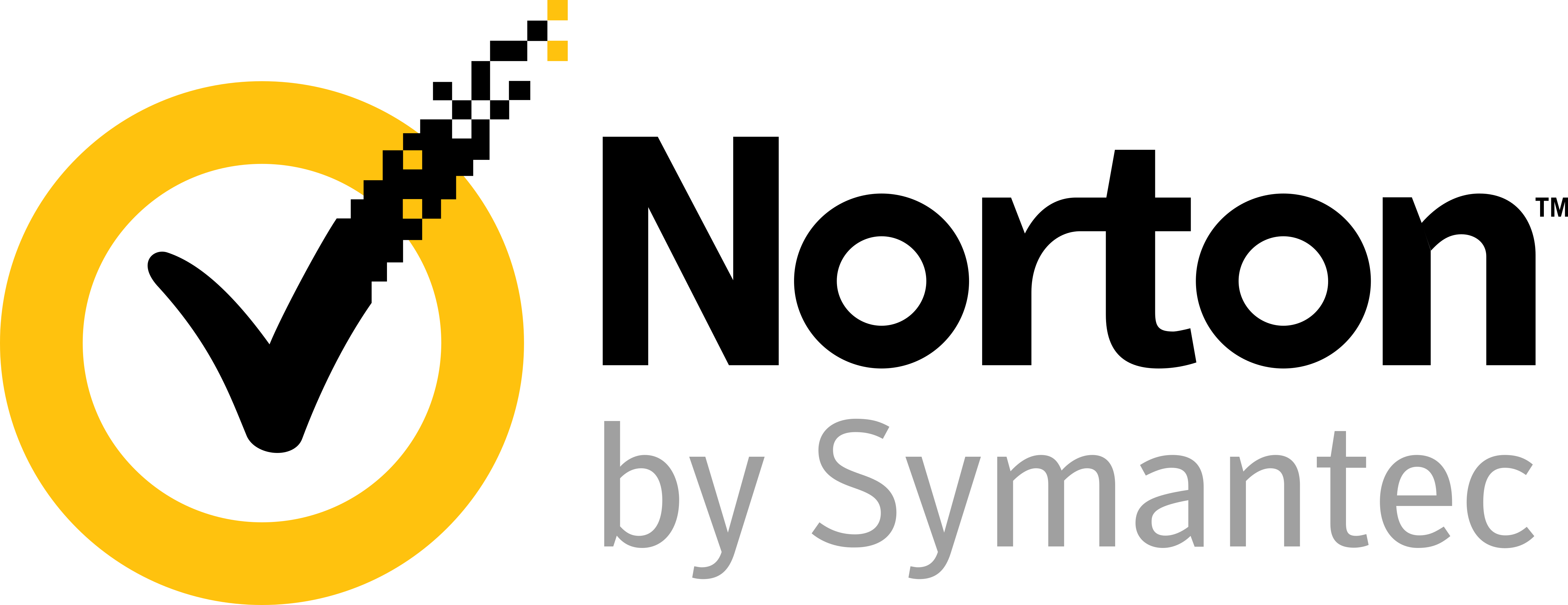You may be surprised to learn that the majority of security breaches are caused by employees' unintentional actions, such as responding to phishing emails or using weak passwords. As you consider the potential risks within your organization, you'll want to take proactive steps to prevent these incidents.
Implementing security awareness training for your employees is an essential measure to safeguard your organization's sensitive information and systems. But what does effective training look like, and how can you guarantee your employees stay vigilant in the face of evolving threats? The answer is more complex than you might think.
To start, identify the specific areas where your organization is most vulnerable. This could include email security, password management, or safe internet practices. Once you've pinpointed these areas, you can develop a comprehensive training program that addresses each of them.
Next, choose the right training format for your team. This could involve in-person workshops, online courses, or a combination of both. Make sure the training is interactive and engaging to keep your employees interested and invested.
Regularly update the training materials to reflect the latest security threats and best practices. This ensures that your employees are always prepared to deal with new challenges. Additionally, consider incorporating phishing simulations and other practical exercises to give your team hands-on experience in recognizing and responding to threats.
Finally, foster a culture of security within your organization. Encourage employees to report suspicious activity and reward those who demonstrate a strong commitment to security practices. By making security a priority at every level of your organization, you can significantly reduce the risk of breaches and protect your valuable information.
Identifying Security Risks in Workplace
When operating your side hustle, you're likely to overlook numerous security risks that can compromise your sensitive data and systems. Identifying these threats is vital to protecting against potential breaches.
Be aware of various types of security risks, including insider threats from anyone with access to your operations who may intentionally or unintentionally cause harm.
Physical security is also important, as unauthorized access to sensitive areas or equipment can lead to data theft or damage.
Social engineering tactics, such as phishing, can trick you or your collaborators into divulging sensitive information. To combat these threats, consider implementing phishing simulations to test awareness and vulnerability.
Remote work vulnerabilities also need attention, as you or your team may use insecure networks or devices.
To mitigate these risks, establish and enforce robust security policies that address these threats.
Benefits of Security Awareness Training
Implementing security awareness training can greatly reduce the likelihood of a security breach in your side hustle by equipping you and your team with the knowledge and skills needed to identify and mitigate potential threats.
By educating yourself and any collaborators on security best practices and the latest threat tactics, you'll see a significant improvement in behavior, including a reduction in click-through rates on phishing emails. Phishing simulations, in particular, are an effective way to gauge your vulnerability and provide targeted training to address weaknesses.
As you and your collaborators become more security-savvy, you'll notice a decrease in the number of security incidents and near-misses. This, in turn, will reduce the financial and reputational impact of a potential breach.
Additionally, a well-trained team will be able to respond more effectively in the event of an incident, minimizing downtime and data loss. By investing in security awareness training, you'll not only protect your side hustle's assets but also foster a culture of security that will benefit your venture in the long run.
Creating Effective Training Programs
As you develop a training program for your side hustle, it's crucial to clearly define your objectives, identifying the specific skills and knowledge you want to impart to participants.
You'll also need to select engaging training methods that cater to different learning styles and preferences.
Defining Training Objectives
Defining Training Objectives
Clearly defining your training objectives is essential to creating an effective side hustle training program that resonates with participants and drives meaningful progress. You need to identify what you want to achieve through your side hustle training program, and this starts with setting specific, measurable, achievable, relevant, and time-bound (SMART) training goals.
Your training objectives should focus on the skills and knowledge you want participants to acquire, such as identifying profitable opportunities, creating a business plan, and managing time effectively.
Conducting a skill assessment will help you understand the current level of entrepreneurial awareness among participants, identify gaps in knowledge, and tailor your training content to address those gaps.
Engaging Training Methods
Once you've established specific, measurable training objectives for your side hustle, you'll need to develop engaging methods that not only convey the desired knowledge and skills but also hold participants' attention and motivate them to apply what they've learned.
To achieve this, consider incorporating gamified learning and interactive workshops into your approach.
Gamified learning involves using elements of game design, such as rewards and competition, to encourage learners to participate and engage with the material related to your side hustle.
Interactive workshops, on the other hand, involve hands-on activities and discussions that allow learners to apply their knowledge in a simulated environment relevant to your side hustle.
Delivering Engaging Training Sessions
Through interactive and immersive content, you can create training sessions for your side hustle that not only convey critical information but also captivate your audience's attention and motivate them to engage with your offerings.
By incorporating interactive scenarios, you can simulate real-world challenges related to your side hustle and encourage participants to respond accordingly. This hands-on approach enables them to develop problem-solving skills and apply relevant best practices in a controlled environment.
To further enhance engagement, consider implementing gamified learning elements, such as rewards, leaderboards, or quizzes tailored to your side hustle. These features can foster a sense of friendly competition among your audience, encouraging them to participate actively and retain knowledge more effectively.
When designing your training sessions, focus on bite-sized, easily digestible content that caters to diverse learning styles. By doing so, you can guarantee that your audience remains invested in the training process and are more likely to apply their newfound skills in their interactions with your side hustle.
Measuring Training Effectiveness and Impact
As you implement a side hustle, it's essential that you measure the effectiveness and impact of your efforts to ensure they're meeting their intended goals.
Use evaluation methods and tools that provide clear insights into your progress and outcomes, such as financial tracking, customer feedback, or performance metrics.
Evaluation Methods and Tools
To determine whether your side hustle is achieving its intended goals, you need to evaluate its effectiveness and impact using reliable methods and tools. One approach is to use online analytics tools, which allow you to gauge customer engagement and retention. These tools can help identify areas where your side hustle excels and where additional effort is needed.
Customer feedback surveys are another valuable tool for evaluating your side hustle's effectiveness. By collecting direct feedback from your customers, you can assess their satisfaction and identify any issues that may need addressing. This helps pinpoint areas for improvement and provides an opportunity to reinforce best practices for customer service and product quality.
When selecting evaluation methods and tools, consider your business objectives, target audience, and the level of technical expertise required. It's crucial to use a combination of methods to guarantee a thorough evaluation.
Quantifying Training Outcomes
Quantifying the success and impact of your side hustle requires you to measure specific outcomes that reflect improvements in your skills, productivity, and overall business growth. To achieve this, you need to establish clear metrics that assess your engagement, knowledge enhancement, and behavior modification. These metrics will help you evaluate the return on investment (ROI) of your efforts and identify areas for improvement.
You should track metrics such as customer engagement, sales figures, and feedback forms to gauge your business's performance. Additionally, you can conduct regular market analysis or customer satisfaction surveys to assess your adherence to best practices in your industry. By analyzing these metrics, you'll be able to identify gaps and adjust your strategies accordingly.
Effective performance metrics will also help you demonstrate the value of your side hustle to potential investors or partners, ensuring continued support and resources for your venture. By quantifying these outcomes, you'll be able to refine your business strategies, ultimately strengthening and growing your side hustle.
Sustaining a Security Aware Culture
Creating a security aware culture within your side hustle requires ongoing effort and commitment to ensure that you and any collaborators remain vigilant and proactive in identifying and mitigating security threats.
Foster engagement through regular learning sessions, workshops, and awareness campaigns tailored to your side hustle's specific needs. Continuous improvement is key, so conduct regular assessments to identify knowledge gaps and areas for improvement. Your leadership is essential, as it sets the tone for your side hustle's security posture.
To sustain a security aware culture, reinforce policies and procedures through regular communication and incident response planning. Risk communication and cultural integration are also important, as they ensure that security becomes an integral part of your side hustle's operations.
Encourage peer collaboration, establish feedback mechanisms, and implement incentive programs to motivate everyone involved to take ownership of security. By doing so, you'll create a culture that values security and is proactive in identifying and mitigating threats.
Conclusion
As you navigate the ever-evolving landscape of side hustles, providing security awareness training for yourself and any collaborators is the linchpin that holds your venture's defenses together.
By equipping everyone involved with the knowledge to recognize and respond to threats, you're building a human firewall that's just as essential as any technical safeguard.
Don't let security breaches be the iceberg that sinks your side hustle – stay ahead of the curve with regular training and a culture of security awareness.

















































0
View comments